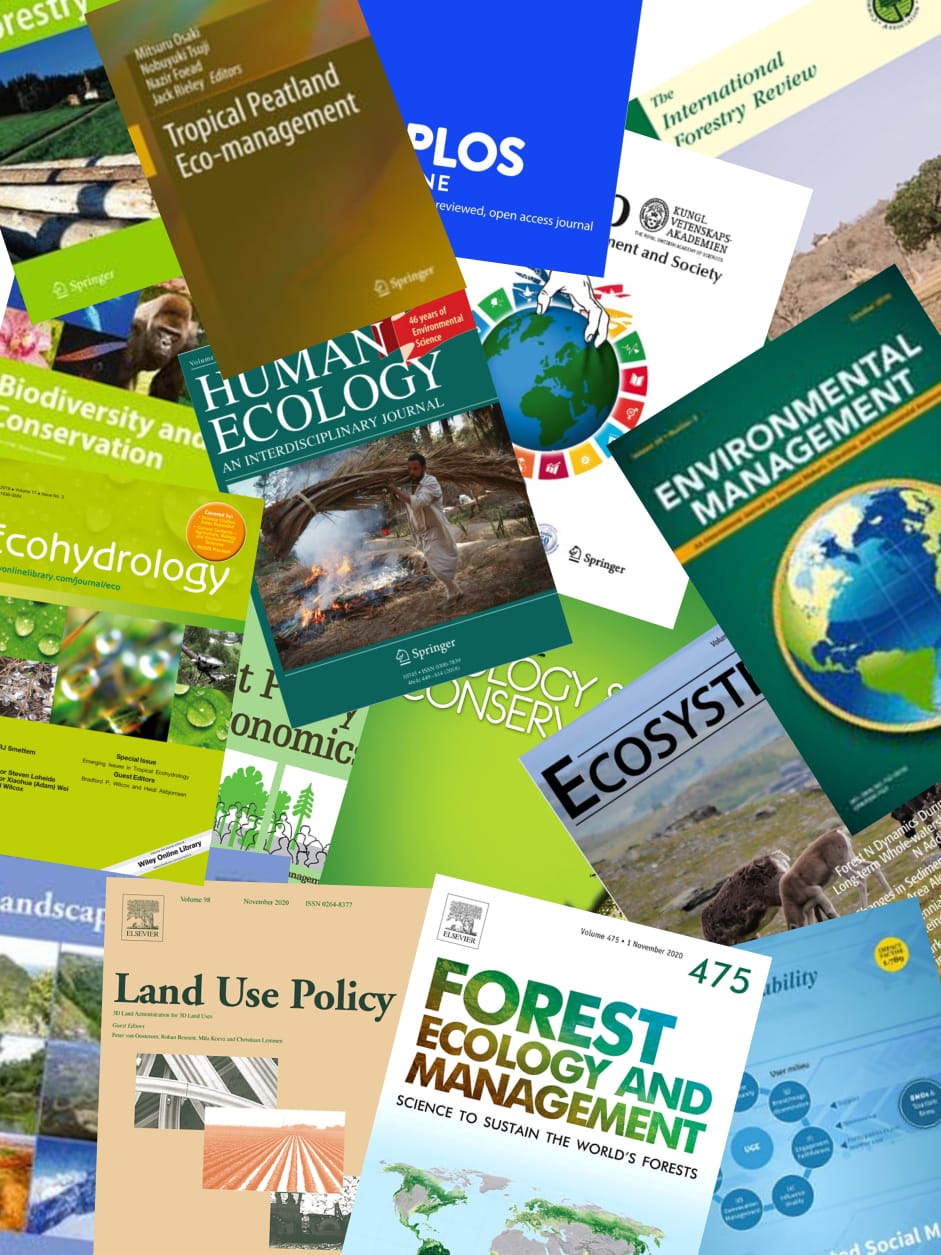The coastal peatlands located in Borneo estuaries region have a vast accumulation of brackish peat water. This water source is currently underutilized for domestic application due to the excessive salinity levels that may harm human health. As such, this study aims to conduct statistical analysis of salinity reduction in Borneo tropical brackish peat water with continuous electrocoagulation treatment system. Correspondingly, the study analysed the relationship between salinity percentage, electric current density, and flow rate on salinity reduction efficiency and energy operating cost. Subsequently, this study has developed a statistical model analysis with three level factors of central composite design to study the significant effects of salinity percentage, electric current density, and flow rate in continuous electrocoagulation treatment. The developed model is well fitted to the polynomial mathematical quadratic equations, particularly for salinity reduction efficiency (R 2 = 0.84) and energy operating cost (R 2 = 0.97). In addition, the analysis of variance (ANOVA) found that the salinity percentage, electric current density, and flow rate have significant effect on the studied parameters due to the p-value is less than 0.05. From the process optimization conducted, the continuous electrocoagulation treatment could achieve maximum salinity reduction efficiency of 91.78% and minimum energy operating cost of Ringgit Malaysia (RM) 0.29 or United States Dollars (USD) 0.06 per metre cubic of treated brackish peat water under optimal 22.22 A/m2 of electric current density, 1.2 L/min of flow rate, and 30% of salinity percentage. Overall, it is deduced that continuous low electrocoagulation treatment system could be utilized to reduce the salinity levels in brackish peat water.
View source

